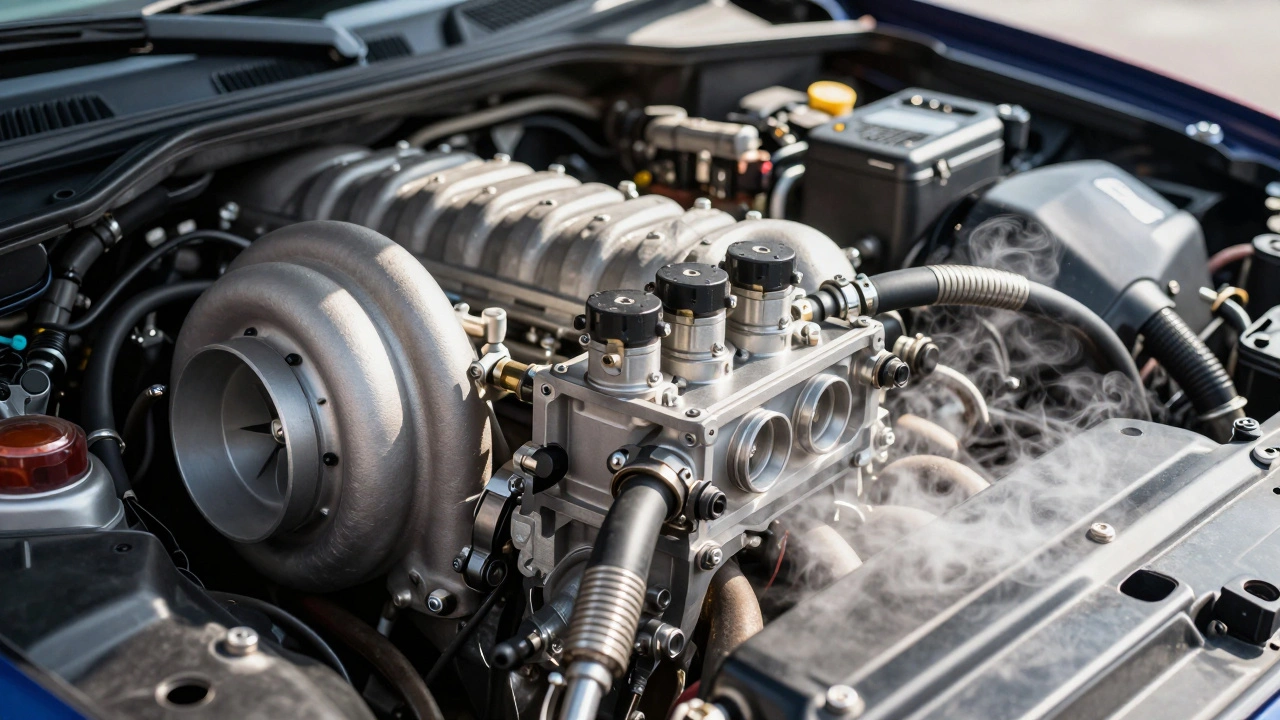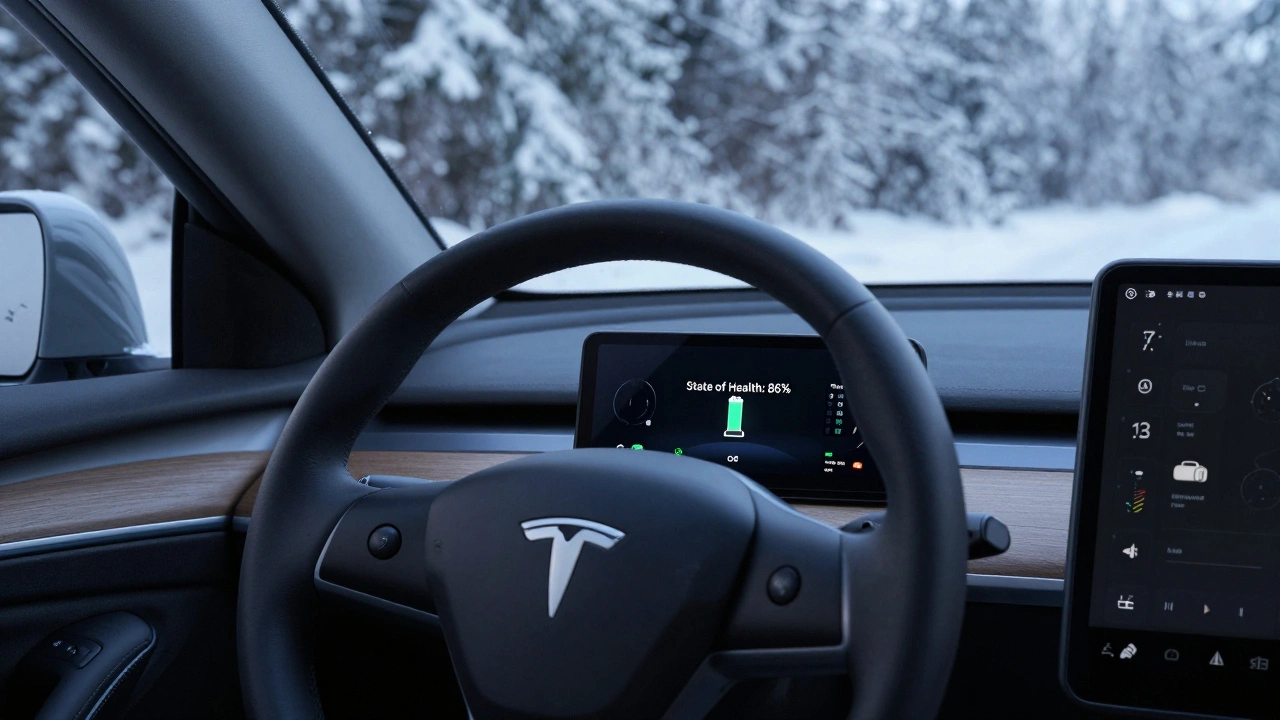Car Technology Timeline: From Early Engines to Modern EVs
Ever wonder how the car you drive today became so smart and efficient? The answer lies in a series of small but powerful steps that manufacturers took over the last century. This guide walks you through the most important moments, so you can see why your dashboard now shows software updates alongside the fuel gauge.
Early Innovations (1900s‑1970s)
Back in the early 1900s, cars were simple machines: a metal frame, a noisy engine, and a few moving parts. The first real upgrade came with the introduction of the electric starter in 1912 – finally, no more hand‑cranking. A few decades later, anti‑lock brakes (ABS) appeared, giving drivers more control on slippery roads. These were mechanical breakthroughs that set the stage for electronic help.
During the 1960s and 70s, manufacturers started to experiment with electronic ignition systems. By replacing mechanical points with solid‑state components, engines ran smoother and used less fuel. This period also saw the birth of emission‑control devices, a response to growing environmental concerns. In short, the focus shifted from raw power to efficiency and cleaner operation.
Recent Breakthroughs (2000s‑Today)
The 2000s kicked off the digital age for cars. Engine control units (ECUs) became the brain of the vehicle, constantly adjusting fuel injection, timing, and even transmission shifts. This is what the post "Car Parts: How Technology Is Changing the Game" highlights – sensors and software now decide how a part works, not just its shape.
Electric cars entered the mainstream with models that could travel over 200 miles on a single charge. The post "Electric Automobiles: Driving into the Future" explains how batteries, regenerative braking, and fast‑charging stations turned electric vehicles from niche toys into practical daily drivers. Autonomy followed suit: driver‑assist features like adaptive cruise control, lane‑keep assist, and eventually, hands‑free highway driving, rely on cameras, radar, and AI‑driven software.
Meanwhile, the parts industry itself evolved. 3D‑printing now lets manufacturers prototype complex components in days instead of months. Sustainable materials—recycled aluminum, bio‑based plastics—are becoming common, as noted in the "Eco‑Friendly Car Parts" article. These trends mean the parts you replace tomorrow might be lighter, greener, and smarter than the ones you bought a decade ago.
What does all this mean for you? First, maintenance is shifting from a purely mechanical checklist to a mix of hardware and software updates. Your next service could involve a diagnostic scan that flashes a new firmware version to the car’s ECU. Second, the resale value of a vehicle increasingly depends on its tech stack. Cars equipped with up‑to‑date software, efficient batteries, and eco‑friendly parts tend to hold their price better.
Finally, staying informed is easier than ever. Websites like Auto Parts Central keep you posted on the latest part releases, sustainability tips, and how new tech affects fuel efficiency. By following the timeline of car technology, you’ll know exactly which upgrades are worth the money and which are just hype.
So the next time you hear a car buzz by, remember: it’s the result of more than a hundred years of steady innovation. From the first electric starter to the autonomous software steering today’s EVs, each step in the car technology timeline brings us closer to safer, cleaner, and smarter driving.

Evolution of Automobiles: Timeline, Key Innovations, and Future Trends
From Benz to EVs and autonomy-see the car’s timeline, breakthroughs, safety and emissions milestones, and what’s next. Clear, data-backed, and easy to skim.




